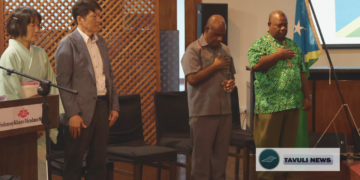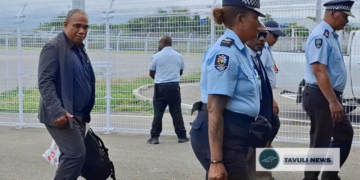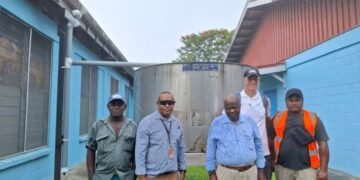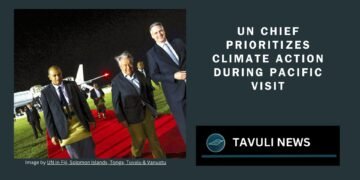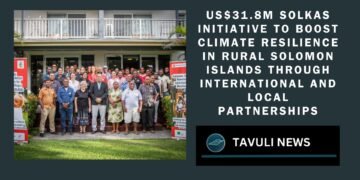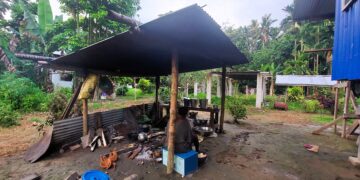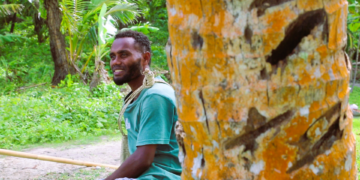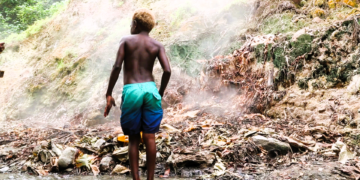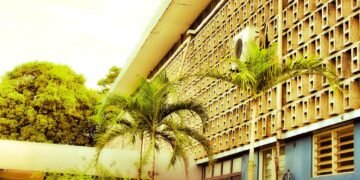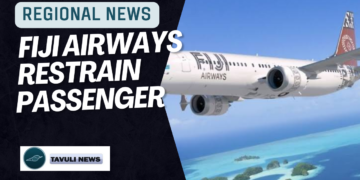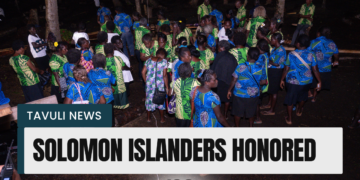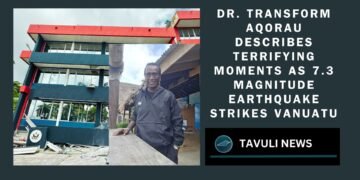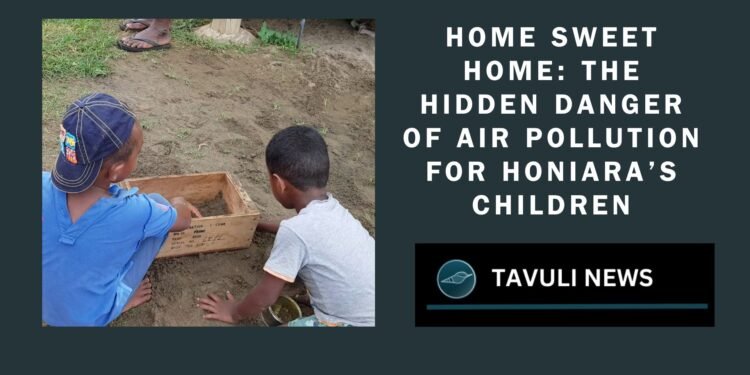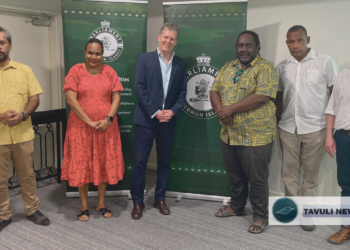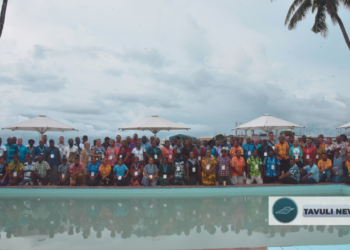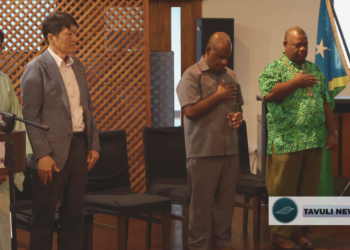Study Unveils Cooking and Waste Burning as Major Air Quality Threats for Children
A recent study reveals alarming air pollution levels in Honiara. The city often exceeds World Health Organization (WHO) guidelines for air quality, posing serious health risks, especially for children.
Researchers from the University of New South Wales (UNSW) led the “Pasifika Air Quality and Environmental Health” project. They installed air quality monitoring stations across urban and peri-urban areas in Honiara. Data collected from 2019 to 2023 shows that particulate matter (PM2.5) levels exceeded WHO guidelines on more than 75% of measured days.
Children at Higher Risk
The study finds that children are particularly vulnerable to air pollution. This exposure contributes to high rates of lower respiratory infections (LRI) in Honiara. WHO estimates that over 90% of children worldwide breathe polluted air. Additionally, more than half of child deaths from respiratory infections relate to air pollution. In the Solomon Islands, the incidence of LRI is 774 cases per 1,000 children under five.
“Children are more susceptible to the harmful effects of air pollution because their immune systems and lung functions are still developing,” said Jimmy Hilly, a PhD candidate at UNSW who led the research.
Key Sources of Pollution
The study identifies the home as the place where children experience the highest exposure to harmful PM2.5 particles. They spend most of their time at home, where cooking with firewood and burning waste significantly contribute to air pollution.
“Children spend most of their time at home, and this is where their exposure to harmful pollutants is highest,” Hilly noted. The research shows that air pollution peaks in the evening, between 5:00 PM and 7:00 PM, as families prepare meals and engage in waste burning.
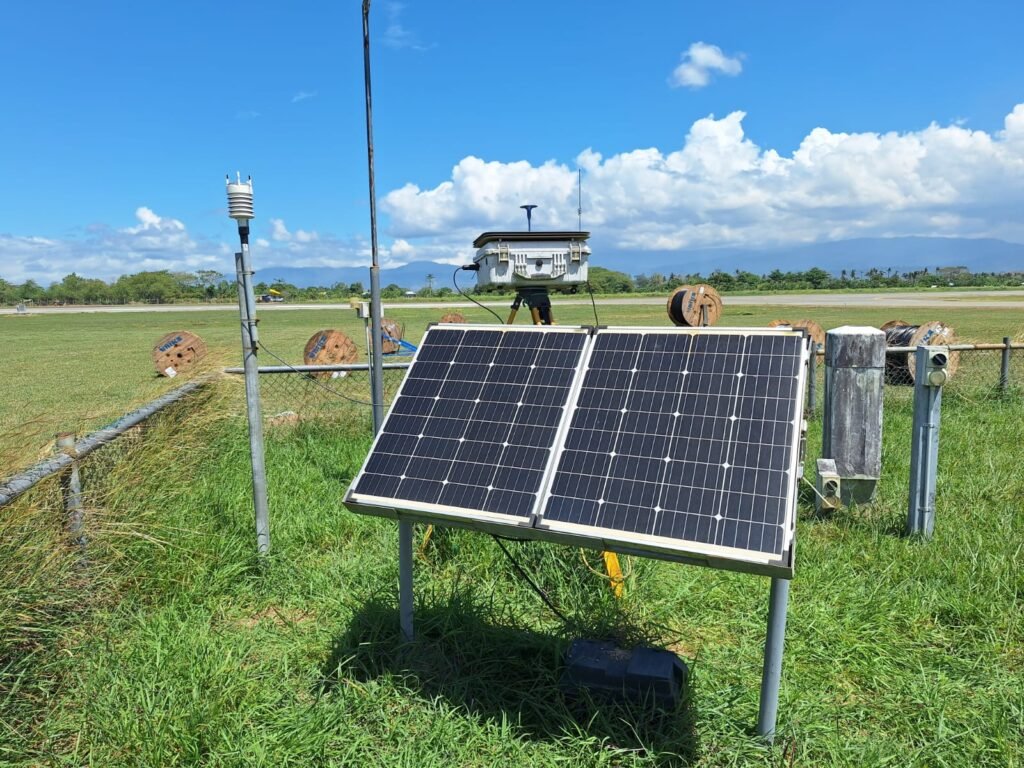
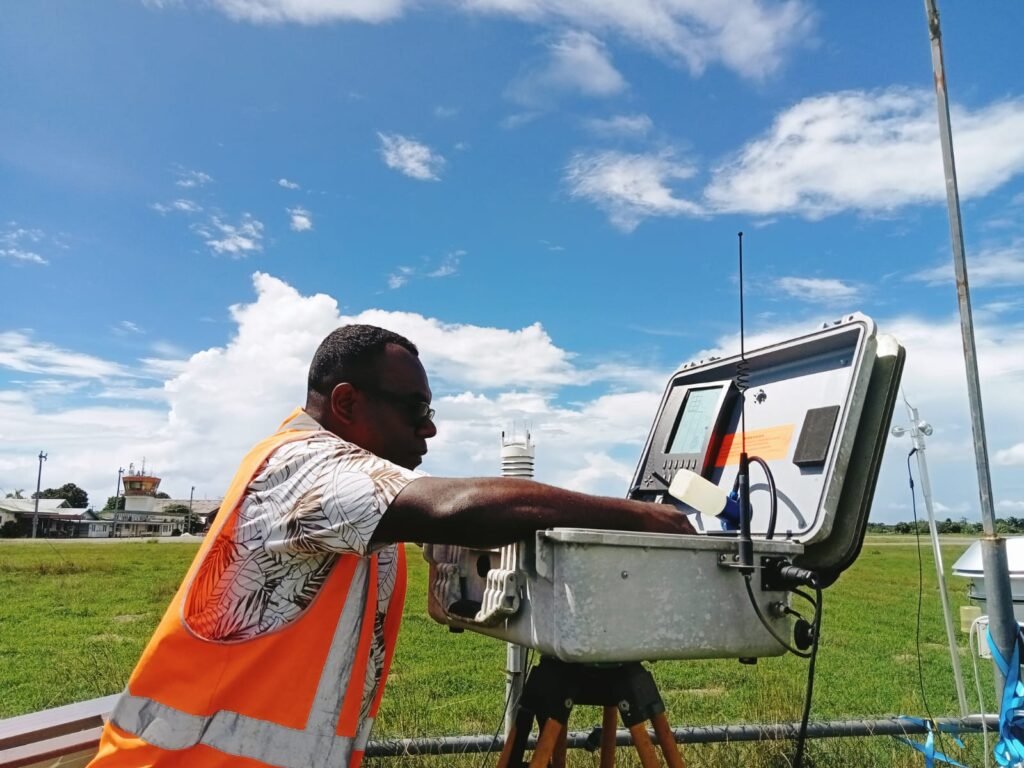
Pollution levels also spike during school hours and commutes. Although the overall PM2.5 concentration remains below WHO’s annual guidelines, specific times show higher exposure. This includes between 10:00 AM and 12:00 PM at school and during afternoon commutes. Hilly stated that he focuses on monitoring PM2.5 and PM10 concentrations in urban and peri-urban areas of Honiara and Suva. “We will make data from this work public once it is published.”
Hilly’s research is part of a larger initiative to monitor air quality across the Pacific. The goal is to understand better the health impacts of airborne pollutants on local populations.
Recommendations for Action
The study’s findings include several recommendations to reduce exposure to air pollution. Public awareness campaigns should discourage open burning of waste and promote energy-efficient stoves. Additionally, schools should have students wear masks during commutes and manage traffic during drop-off and pick-up times.
The research also urges the Solomon Islands government to develop policies that support a sustainable energy transition and improve waste management. These actions are crucial to addressing environmental health challenges.
With air pollution levels exceeding international health standards, experts urge swift action to protect public health, especially for children. “This is not just about air quality—it’s about the health and future of our children,” Hilly stressed.



